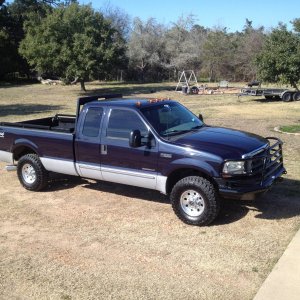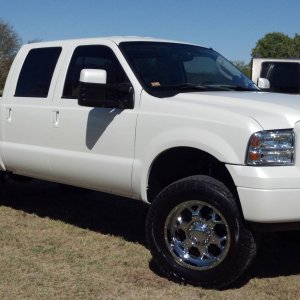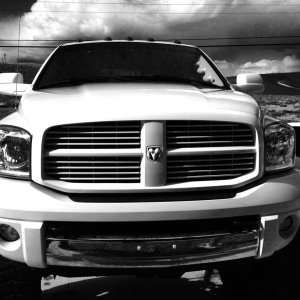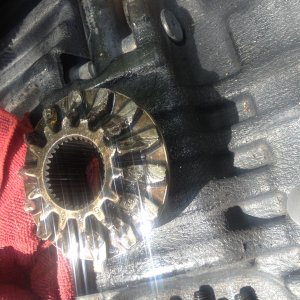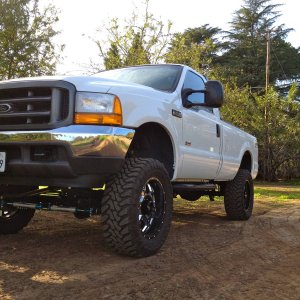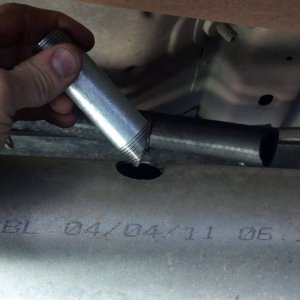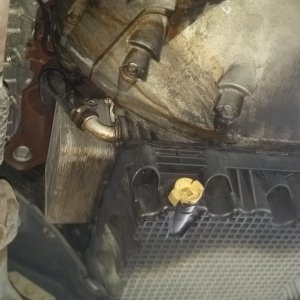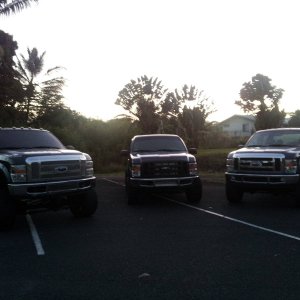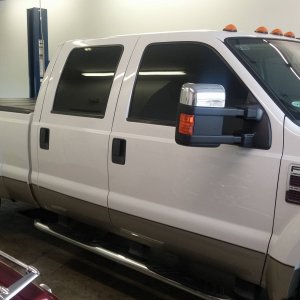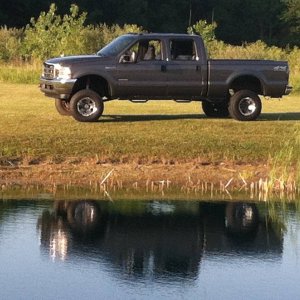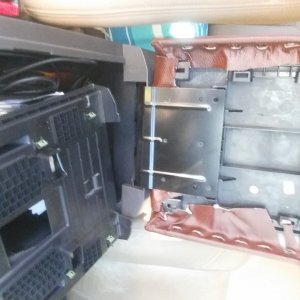As we recently had a great example of the kind RPM levels we can reach peak TQ and HP at by Pontiacross engine setup. By the use of the guys at Swamps' engine dyno and CP testing equipment and excellent injectors we saw some impressive peaks on a stock bottom end. Also not a case of just a few runs that it held together but instead 63 WOT runs in one day.
It has long been held that by raising where your peak TQ hits it can greatly effect whether a engine lives or ends up in pieces. Long have we heard that if you bring peak TQ in down low all you do is break engines. The idea is that tq at low rpm puts more stress on the engine. While I think most all on this forum subscribe to this idea I wonder how many actually understand the real reasons of why?
Before we go any further there is a very good chance that this discussion could fall into yet another TYPICAL thread on what is HP and what is TQ. If you do not really understand the difference or prescribe to some of the old cliche created by those that do not understand it such as "HP makes you go fast TQ is what you feel" or "HP sells cars TQ is what wins races" Then do some searches on PSN or PSA and google. There are a number of sites that explain it in a number of different ways to make it easier to understand. But lets not get the subject at hand diluted and lost in hashing out the HP TQ quagmire yet again.
With that said, lets move on and take a look at some things to possibly consider when thinking about stresses of LOW vs High RPM peak TQ:
Here are some things to consider:
Would you say, forgetting about TQ or even Power for a moment, are High rpms or low rpms more stressful on engine parts? Why?
Is there any difference is the amount of energy it takes to produce the same amount of TQ @ high RPMS versus Low RPMS? Why?
What about producing the same amount of force(tq) @ lower RPMS causes more stress than doing the same thing @ a higher RPM? Why?
Lets see what various peoples opinions and thoughts are on what about producing a TQ peak @ a lower RPM puts more stress than the exact same TQ peak but @ a higher RPM level.
It has long been held that by raising where your peak TQ hits it can greatly effect whether a engine lives or ends up in pieces. Long have we heard that if you bring peak TQ in down low all you do is break engines. The idea is that tq at low rpm puts more stress on the engine. While I think most all on this forum subscribe to this idea I wonder how many actually understand the real reasons of why?
Before we go any further there is a very good chance that this discussion could fall into yet another TYPICAL thread on what is HP and what is TQ. If you do not really understand the difference or prescribe to some of the old cliche created by those that do not understand it such as "HP makes you go fast TQ is what you feel" or "HP sells cars TQ is what wins races" Then do some searches on PSN or PSA and google. There are a number of sites that explain it in a number of different ways to make it easier to understand. But lets not get the subject at hand diluted and lost in hashing out the HP TQ quagmire yet again.
With that said, lets move on and take a look at some things to possibly consider when thinking about stresses of LOW vs High RPM peak TQ:
Here are some things to consider:
Would you say, forgetting about TQ or even Power for a moment, are High rpms or low rpms more stressful on engine parts? Why?
Is there any difference is the amount of energy it takes to produce the same amount of TQ @ high RPMS versus Low RPMS? Why?
What about producing the same amount of force(tq) @ lower RPMS causes more stress than doing the same thing @ a higher RPM? Why?
Lets see what various peoples opinions and thoughts are on what about producing a TQ peak @ a lower RPM puts more stress than the exact same TQ peak but @ a higher RPM level.

